Motorcycle hand signals are essential non-verbal communication tools that allow riders to convey important messages to other riders or motorists on the road.
According to the National Highway Traffic Safety Administration (NHTSA), motorcyclists are 28 times more likely to die in a crash than others. Therefore, riders must use hand signals to enhance their safety on the road.
These signals are beneficial when verbal communication is impossible or ineffective, such as when riding in groups or noisy environments.
In this article, we will explore some of the most common motorcycle hand signals and their meanings so you can ride safely and confidently on the road.
Importance of Motorcyclist Signals
- Motorcyclist signals are crucial for communication on the road, as riders do not have the luxury of using verbal cues or turn signals like drivers in cars.
- Using hand signals can help prevent accidents, as they communicate the rider’s intentions to other motorists and pedestrians. In fact, 36% of all motorcycle accidents involve another vehicle turning left in front of the rider.
- Hand signals are also helpful when riding in groups, as they allow riders to communicate with each other without the need for a Bluetooth headset or intercom system.
- Knowing and using proper hand signals is a sign of a responsible and experienced rider and can improve the rider’s reputation within the motorcycle community.
- Using hand signals can also be a fun and nostalgic aspect of riding a motorcycle, harkening back to a time before electronic turn signals were commonplace.
15 Biker Hand Signs You Need To Know
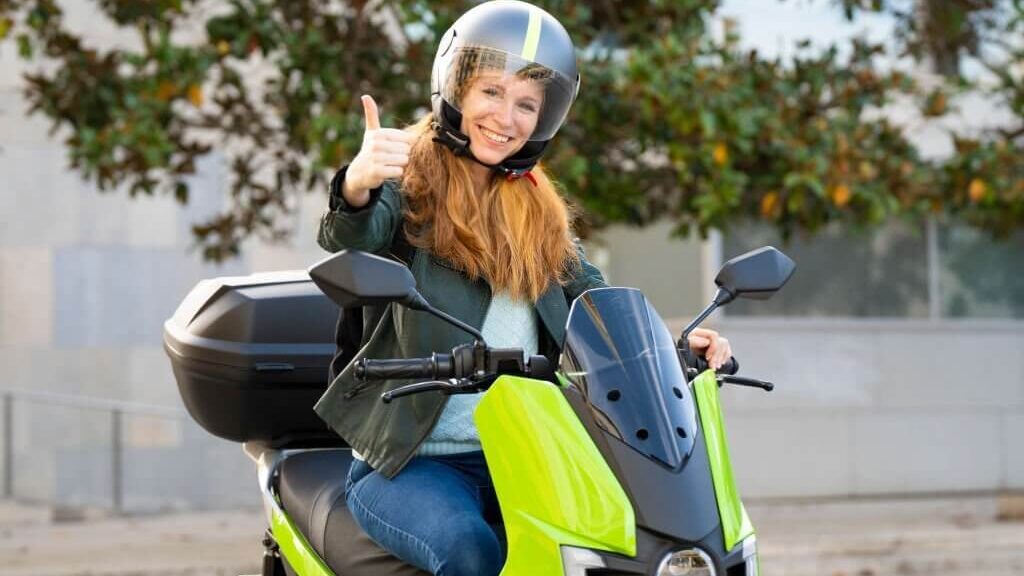
Here are the top 15 biker hand signs you need to know:
1. LEFT TURN
Extend your left arm straight out from your side when making a left turn. This hand signal indicates to other riders behind you that you will turn left.
It’s essential to use this signal well in advance to give other riders enough time to prepare for the turn.
2. RIGHT TURN
To signal a right turn, extend your left arm and bend your elbow at a 90-degree angle, pointing your hand upward.
This signal is used to indicate to other riders behind you that you will be making a right turn. This signal should be used in advance to give other riders enough time to prepare for the turn.
3. STOP
When you need to come to a stop, extend your left arm out and bend your elbow at a 90-degree angle, pointing your hand downward.
This signal is used to let other riders behind you know that you will be coming to a stop. Using this signal in advance is essential, especially when stopping suddenly or at an unexpected location.
4. SPEED UP
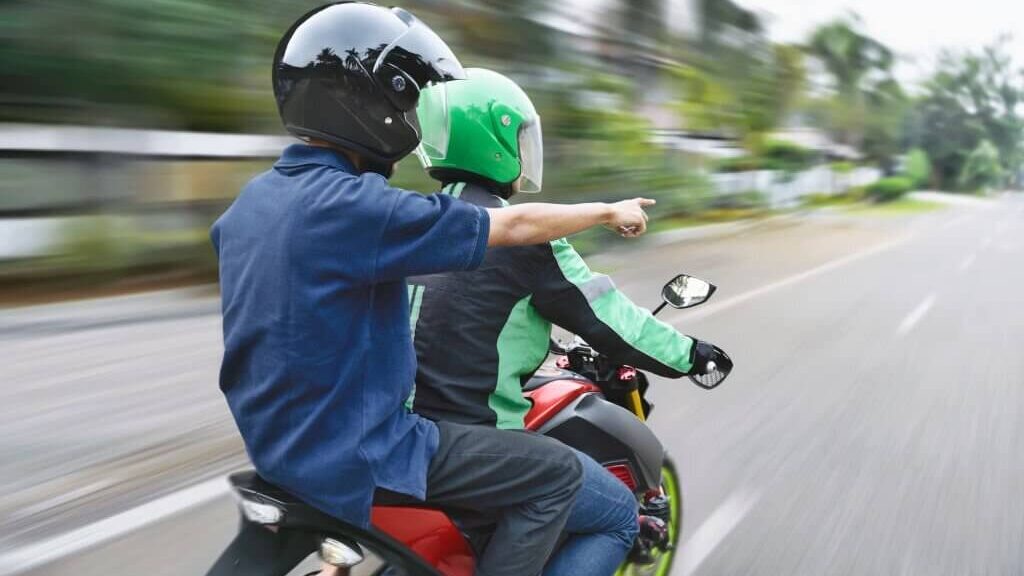
Tap the back of your helmet with your left hand to signal the need to speed up. This signal lets other riders know that you want to increase your speed.
This signal is helpful, particularly on highways or open roads when it is challenging to hear verbal cues.
5. SLOW DOWN
To signal a need to slow down, extend your left arm and move it up and down in a patting motion. This signal is used to indicate to other riders behind you that you need to slow down.
It can be useful when the lead rider needs to adjust for traffic or road conditions.
6. FOLLOW ME
When you want the group to follow you, extend your left arm and make a circular motion with your index finger.
This signal indicates that you will lead the group, and they should follow you. It can be helpful in situations where the group needs to stay together or follow a specific route.
7. YOU LEAD/COME
Point to them with your left hand to signal that you want someone else to lead or come up front.
This signal lets the other rider know you want them to lead the group or come up front. It can be useful when the lead rider needs a break, or the group wants to switch up the riding order.
8. SINGLE FILE
To signal that the group should ride in a single file line, extend your left arm and point to the ground with your index finger.
This signal lets other riders know it’s time to ride in a single file line, usually for safety or to make room for other vehicles on the road.
9. DOUBLE FILE
To signal that the group should ride in a double file line, extend your left arm and point to the sky with your index and middle fingers.
This signal lets other riders know it’s time to ride in a double file line, usually for social or scenic purposes.
10. COMFORT STOP
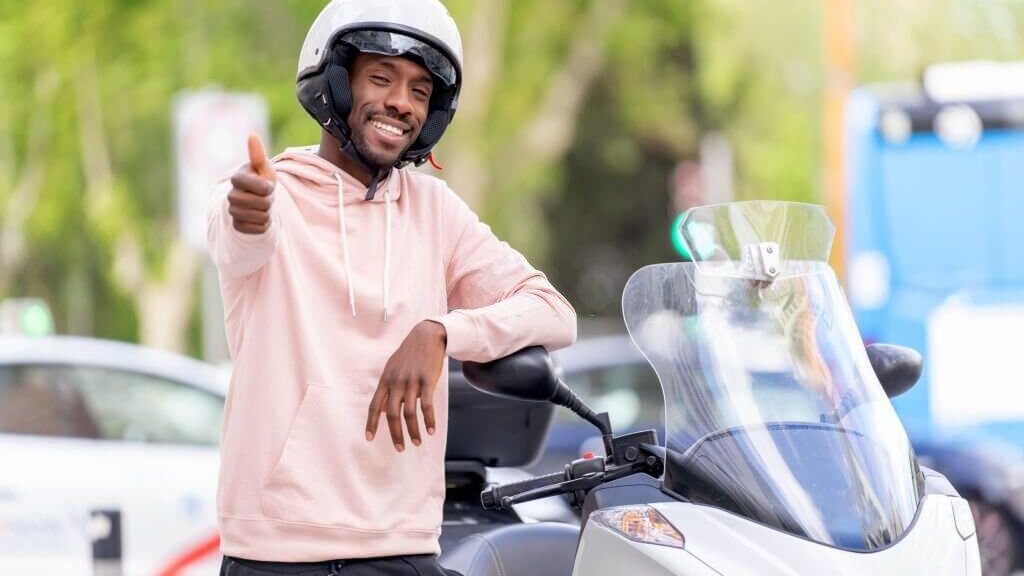
Extend your left arm out and make a fist when taking a break. This signal indicates to other riders that you need to take a break, use the restroom, or stretch your legs.
11. REFRESHMENT STOP
To signal that you need to make a stop for refreshments, extend your left arm out and make a drinking motion with your hand.
This signal is used to let other riders know that you need to make a stop for drinks or snacks.
12. TURN ON SIGNAL
If you notice that another rider’s turn signal is still on, point to the direction of the turn signal with your left hand.
This signal is used to indicate to the rider that their turn signal is still on, which can be dangerous if not turned off.
13. PULL OFF
To signal that you need to pull off to the side of the road, extend your left arm out and point to the side with your index finger.
This signal lets other riders know you need to pull off the road, whether to fix a mechanical issue or to rest.
14. POLICE AHEAD
To warn other riders of an upcoming police presence, tap the top of your helmet with your left hand. This signal alerts other riders of a potential speed trap or law enforcement presence on the road.
15. FUEL STOP

To signal that you must stop for fuel, extend your left arm out and pump with your fist. This signal is used to let other riders know that you must stop at a gas station or other fuel stop.
Left-Handed Low
Left-handed low is one of the essential motorcycle hand signals riders use worldwide, even when enjoying music on motorcycle.
This simple but effective gesture involves the rider extending their left hand down two, three, or five fingers toward the road.
It signals to follow riders or motorists that they should slow down and be prepared to stop.
Left-handed low is especially useful when travelling in a group or convoy, allowing riders to communicate clearly and avoid potential accidents.
What Does It Mean When Bikers Point Two Fingers Down?
When bikers point two fingers down, it shows respect and camaraderie toward fellow riders.
It’s a way of acknowledging each other on the road and is often used as a greeting between strangers who share a common interest in motorcycles.
In addition to being a sign of respect, the two-finger wave also serves as a reminder to stay safe on the road.
The gesture is often accompanied by the phrase “keep the rubber side down,” a reminder to keep both wheels on the ground and stay safe while riding.
The Biker Sign of Respect
Biker culture is steeped in tradition and respect. One way that bikers show respect to one another is through the “biker sign of respect.” Extend your left arm and point two fingers toward the ground to perform this gesture.
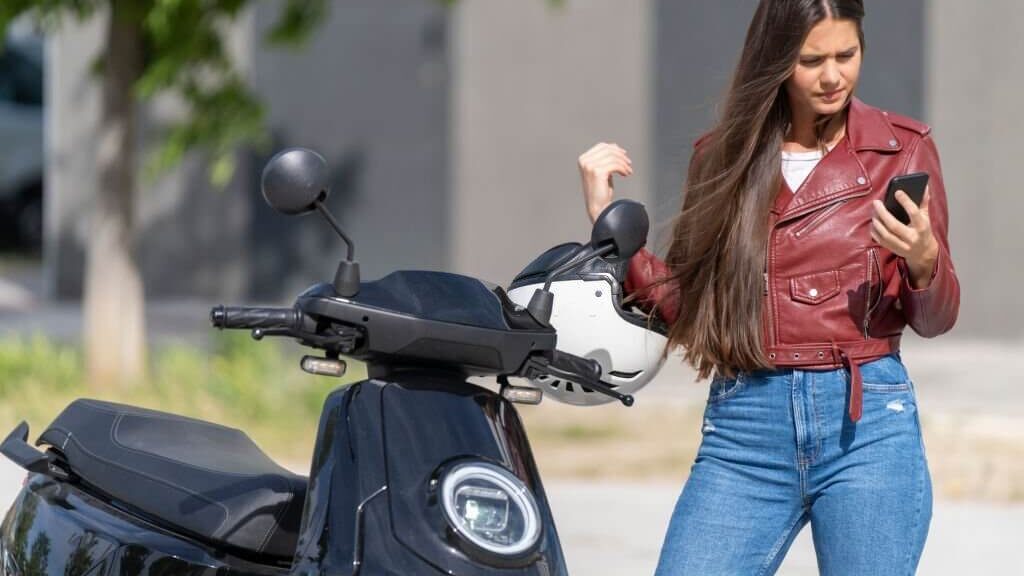
This gesture can be done regardless of motorcycle weight.
This inverted “peace” hand gesture signifies a bond between bikers and shows deep respect for the biker community. Use this gesture when encountering fellow bikers on the road or at events.
Where Did The Biker Sign of Respect Come From?
The origin of the biker sign of respect is a topic of debate, with several legends surrounding its creation.
According to one story, the co-founders of Harley Davidson were driving past each other and used the gesture to acknowledge each other. This hand signal quickly gained popularity within the motorcycle community.
Another tale suggests that the sign originated from World War 2 veterans who returned home and started riding former military motorcycles.
The gesture represented a safety message: “keep two wheels on the ground.”
Regardless of its origin, the biker’s sign of respect remains essential to the motorcycle culture.
When Can I Give The Sign of Respect?
Every time you pass another biker on the road. Whether on a long trip or just a quick ride around town, acknowledging fellow riders is a sign of camaraderie and respect.
It does not matter if you’re riding a Harley-Davidson or a sportbike, the wave is a universal symbol of brotherhood peace among riders.
Tips for Proper, Basic Hand Signal Usage
Here are some tips to ensure proper, basic hand signal usage.
1. Use Clear, Obvious Movements

When using hand signals, make sure they are apparent to other drivers. Use exaggerated movements to indicate a turn, and ensure your signs are visible from a distance.
This helps other motorists anticipate your movements and react accordingly.
2. Signal 100-200 Feet Before Changing Lanes or Turning
It’s essential to signal well in advance to give other drivers time to react. Signal your intention to turn or change lanes at least 100-200 feet before you do so.
This gives motorists enough time to adjust their speed and position accordingly.
3. Safety Should Always Be Your Priority
While hand signals are helpful, safety should always be your top priority. Never take your hand off the handlebars unless it’s necessary. Always ensure you have full control of your motorcycle while using hand signals.
4. Never Use Hand Signs At Night
Hand signals are ineffective at night and are challenging to see. Instead, use your motorcycle’s turn signals or brake lights to indicate your movements.
Additionally, ensure your headlights are on to increase your visibility to other motorists.
Never Use Hand Signs At Night
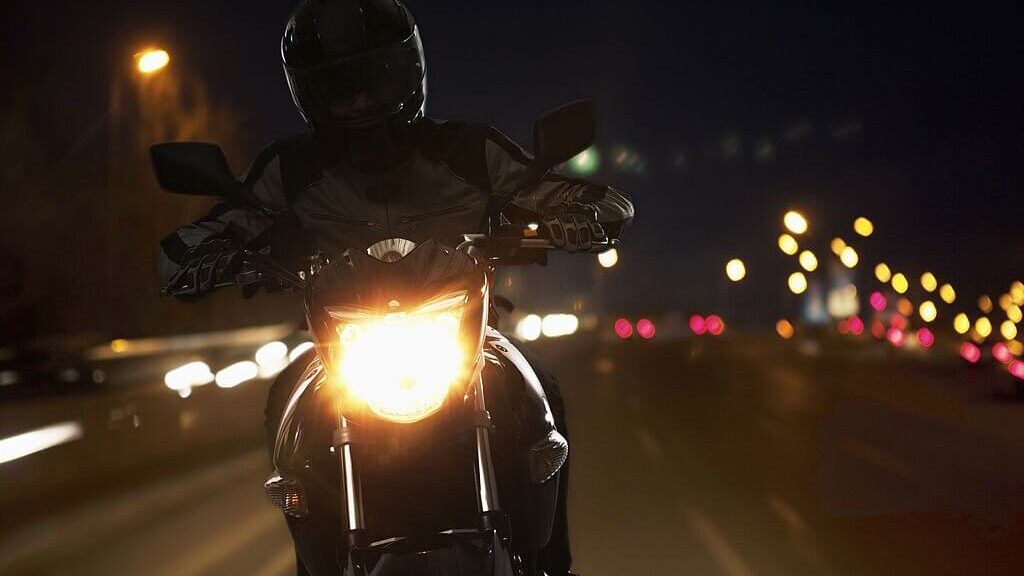
Hand signals are ineffective at night and are challenging to see. Instead, use your motorcycle’s turn signals or brake lights to indicate your movements.
Additionally, ensure your headlights are on to increase your visibility to other motorists.
Essential Motorcycle Hand Signals FAQs
The most common way to greet other motorcyclists is to wave or nod while passing them. Some riders also use a hand signal called the “biker wave,” where the left hand is extended low and slightly away from the motorcycle.
A thumbs up from a motorcyclist is generally a sign of approval or acknowledgment and can also be used to thank or show appreciation to another rider.
Alternatives to motorcycle hand signals include verbal communication, electronic devices such as Bluetooth headsets, turn signals, and brake lights.
When a motorcyclist taps their helmet, it often indicates to other riders that there is a police officer or other hazard ahead and to exercise caution.
The Harley wave is a form of greeting among Harley-Davidson riders, which involves extending the left hand down and slightly away from the motorcycle, and sometimes consists of a nod or a smile.
Wrapping Up!
Motorcycle hand signals are critical to safe riding, allowing riders to communicate with one another and other motorists on the road.
Whether you are riding in a group or solo, knowing these hand signals and using them effectively is essential.
By using the correct signals, you can ensure that everyone on the road knows your intentions and avoids potentially dangerous situations.
If you’re new to riding or need a refresher on hand signals, take the time to learn and practise them before hitting the road.
Not only will it make your riding experience safer, but it will also give you a sense of confidence and control on the road.
Have you ever found yourself in a situation where knowing motorcycle hand signals would have helped you communicate with other riders on the road?


Comments are closed.